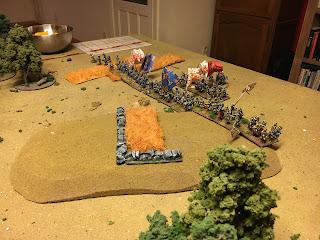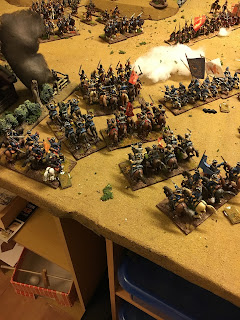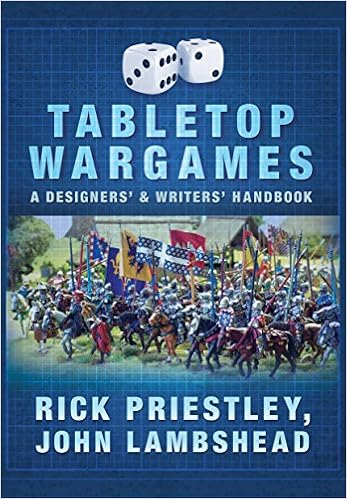- Something that has widely accepted iconic value in the gaming hobby. E.g. an original D&D 1st print from 1974. Or an original copy of Little Wars. Or an Alpha Black Lotus. Such items often have real value associated to them, sometimes hundreds or even thousands of Euro/Dollars. If you buy them, you can be pretty sure you can resell them at a similar or higher price in the future.
- Too often a collectible is only collectible in the eye of the beholder. A game we played in our youth, have fond memories about, and we absolutely want to keep that specific copy (or a re-acquired copy) in our collection. Mostly emotional value, not so much monetary. I have a few games and books like that, but in most cases, I am happy to look at images on boardgamegeek.com to satisfy a bout of nostalgia coming up.
- Perceived collectibles are things that are rare, but are not widely searched for, except by a very small niche within a niche of the gaming community. Owners often wrongly think these are worth huge amounts of money, but unless you find the right person at the right time and is willing to spend the cash, they are mostly worth nothing. As an owner, it is good practice to ask yourself: "What would *I* pay for this particular item?" The answer is a much better estimate of what you might get for your prized possession, rather than the amount of money you might get from an hypothetical collector and who is willing to take an additional mortgage on his house just to acquire the last missing piece in his collection.
 |
| Some of my own "collectibles". |
Collecting can be a goal in itself, and then the hunt is where the joy is. I can see the idea of someone wanting to collect all items ever published for a specific game system, or miniatures by a certain maker. For others, some of the joy is in simply possessing the object in question. Knowing that you are the owner of an original copy of a specific game might give people some satisfaction, although others might simply shrug when they see that particular item.
Anyway, some of these thoughts crossed my mind when I was re-assaembling some old (Dutch language) Heroquest expansions I had lying around. Last year I gave one of my nephews an original copy of Heroquest I bought for 5 Euro in a 2nd hand shop, in an attempt to lure them to gaming. And it worked! Last week, he and his brother complained they didn't have enough miniatures and quests, and wanted more.
I still have all the original expansions I bought (and played) back in the early nineties. So I decided to repackage them. I don't have the original boxes anymore, but still all the miniatures, cardboard counters, etc. So they will be getting those, and hopefully, they will use them! After all, they were collecting dust in my gaming closets, untouched for over 20 years. And aren't games meant to be played with after all?
 |
| The Dungeon Design Kit, Keller's Keep, Return of the Witch Lord, and Wizards of Morcar, all original Dutch versions. |
 |
| Re-assembled and repackaged in transparant sleeves ... |
 |
| A huge quest from the "Heroquest New Edition box", early nineties. |
I feel pretty ok about this. I freed up some space, hopefully my nephews will use these expansions, and so what about the perceived collectibility? It is only a game after all ...
Update: I got a few replies from people who said I was crazy giving away 500 Euro worth of stuff to a bunch of 10-12 year olds. And perhaps they are right. So maybe I should reconsider and try to sell them after all ... And I'll give my nephews some miniatures from my Reaper Bones Kickstarters. Those things have been so mass-produced they'll never be worth much ... :-)

















































